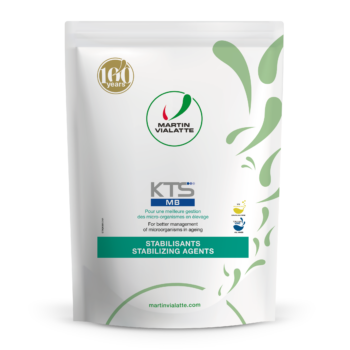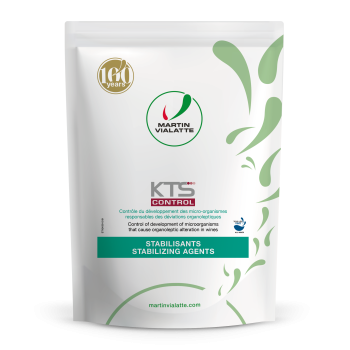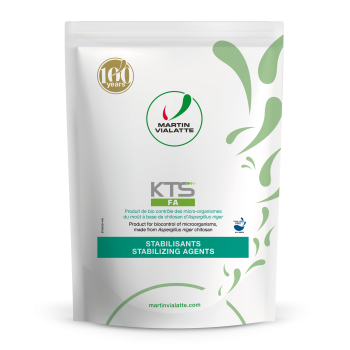REDUCING SO2
In France, the permitted total dose of SO2 has steadily decreased since 1907, falling from 450 mg/L to 350 mg/L in 1926.
In 1999, European regulation 1493/1999 drastically reduced the maximum dose to 160 mg/L for red wines and 210 mg/L for dry whites and rosés.
In 2009 these values were again revised downwards by 10 mg/L.
Today, the use of sulfites lies at the centre of technical concerns.
Not only because consumers are looking for more natural products with fewer inputs, but also because of the allergenic effects of this preservative. At the present time, no single process or substance can completely replace the use of SO2.
CHITOSAN: AN ALTERNATIVE
Chitosan is a cationic polysaccharide produced by deacetylation of chitin. Chitin is a polymer naturally present in the cell wall of Aspergillus niger. The properties of chitosan are determined by the ratio of its degree of acetylation to its degree of deacetylation, which in turn determines its solubility in an acid medium and the flexibility of its macromolecular chains, and hence its conformation and viscosity in solution.
KTS® FA AND BIOCONTROL AT MARTIN VIALATTE®
An innovative study carried out by MARTIN VIALATTE®’s Innovation, Research and Development department has led to the creation of KTS® FA, a a preparation based on activated chitosan that helps to lower doses of sulfite and reduces contamination caused by spoilage microorganisms.


